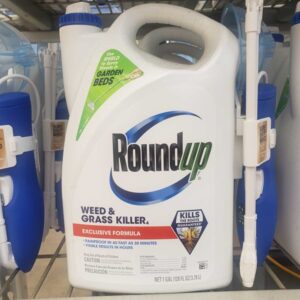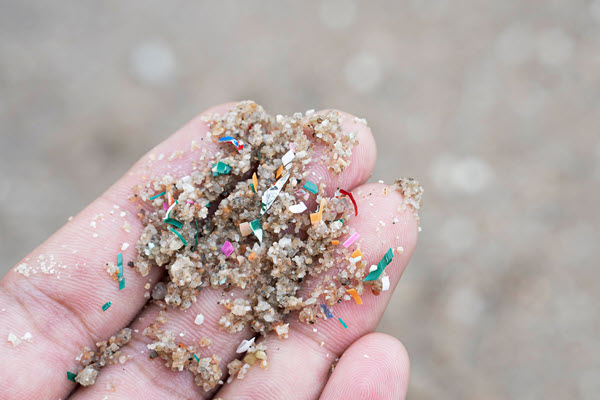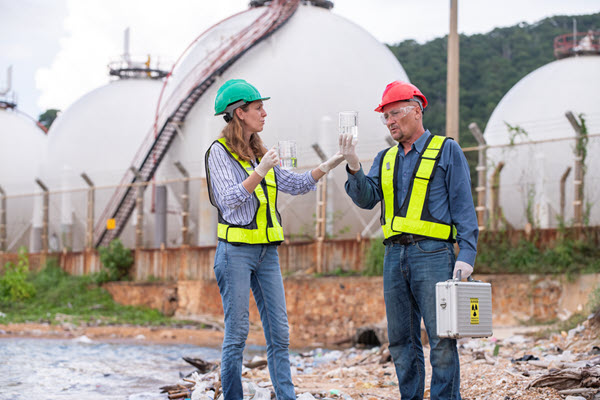Introduction
Toxic tort litigation, involving claims of harm caused by exposure to hazardous substances, has become a prominent area of U.S. law. From industrial chemicals and pharmaceuticals to environmental pollution, these cases address significant public health and safety concerns. The rise of toxic torts reflects heightened awareness of environmental justice, advancements in scientific research, and evolving regulatory frameworks.
This article delves into the history, trends, and future of toxic tort litigation in the United States, exploring key cases, legal challenges, and the implications for stakeholders.
What Are Toxic Torts?
Toxic torts are civil lawsuits where plaintiffs allege harm caused by exposure to toxic substances. These cases typically involve chemicals, pollutants, or hazardous materials encountered in workplaces, homes, or the environment.
Common Types of Toxic Tort Cases:
- Occupational Exposure: Claims from workers exposed to asbestos, silica, benzene, and other hazardous substances on the job.
- Environmental Contamination: Lawsuits involving polluted air, water, or soil, such as those linked to industrial spills or waste disposal.
- Pharmaceuticals: Cases where drugs or medical products cause unforeseen toxic side effects.
- Consumer Products: Litigation over harmful substances in everyday items, such as pesticides or cleaning agents.
Historical Context: The Evolution of Toxic Tort Litigation
The origins of toxic tort litigation can be traced to the asbestos crisis of the 20th century. Workers exposed to asbestos developed mesothelioma and other diseases, leading to an avalanche of lawsuits. This landmark litigation set the stage for toxic torts as a distinct legal field.
Key Milestones:
- Asbestos Litigation: Beginning in the 1960s, asbestos lawsuits remain one of the largest and longest-running mass torts in U.S. history.
- Love Canal Case (1978): Residents of Love Canal, New York, sued chemical companies for illnesses caused by buried toxic waste, highlighting environmental contamination claims.
- Silicone Breast Implant Litigation (1990s): Claims of autoimmune diseases linked to silicone implants marked the rise of product liability toxic torts.
Recent Trends Driving Toxic Tort Litigation
1. Increased Awareness of Environmental Hazards
Public awareness of environmental health risks has surged, fueled by high-profile incidents like the Flint Water Crisis and media coverage of “forever chemicals” (PFAS).
2. Advances in Scientific Research
Improved testing methods and epidemiological studies have strengthened the ability of plaintiffs to link toxic exposure to health outcomes.
- Example: Studies linking PFAS exposure to cancer have spurred thousands of lawsuits.
3. Regulatory Momentum
New regulations and stricter enforcement by agencies like the EPA and OSHA are uncovering violations, often serving as a basis for litigation.
- Example: California’s Proposition 65 requires businesses to warn consumers about products containing chemicals linked to cancer or reproductive harm.
4. Focus on Environmental Justice
Communities disproportionately affected by pollution and hazardous materials are increasingly turning to litigation as a tool for accountability.
- Example: Cases involving industrial contamination in low-income areas, such as cancer clusters near chemical plants.
Key Toxic Tort Cases and Settlements
1. Camp Lejeune Water Contamination (Settlement stage)

Thousands of claims have been filed by veterans and their families exposed to contaminated drinking water at Marine Corps Base Camp Lejeune.
The Camp Lejeune Justice Act has opened new pathways for military servicemembers and veterans to hold the US Government accountable for toxic injury claims.
2. PFAS (“Forever Chemicals”) Litigation (Ongoing – Early Stages)
Chemical companies like 3M and DuPont face extensive litigation over PFAS contamination, with settlements and judgments expected to reach billions of dollars. The most active PFAS litigation is the AFFF lawsuit which primarily impacts military veterans and firefighters.
3. Roundup Weed Killer Cases (Ongoing – Late Stage)

Bayer has faced massive liability over claims that its glyphosate-based herbicide causes cancer. The company has settled thousands of cases for over $10 billion.
4. Talcum Powder Litigation (Settlement stage)
Johnson & Johnson has been embroiled in lawsuits alleging that its talcum powder products were contaminated with asbestos, leading to ovarian cancer. Settlements and verdicts have exceeded $4 billion.
Legal Challenges in Toxic Tort Litigation
1. Causation and Proof
Proving a direct link between exposure to a substance and specific health outcomes is a central challenge, requiring robust scientific evidence.
2. Statute of Limitations
Toxic tort cases often involve long latency periods between exposure and diagnosis, complicating compliance with statutes of limitations.
3. Complexity of Class Certification
Class certification can be difficult in toxic torts due to variations in exposure levels, health outcomes, and individual circumstances.
4. Preemption by Federal Law
Defendants often argue that federal regulations preempt state law claims, particularly in pharmaceutical and medical device cases.
Impact of Toxic Tort Litigation
For Plaintiffs:
- Access to Justice: Toxic torts provide a legal pathway for individuals and communities to seek redress for harm caused by powerful corporations.
- Compensation: Settlements and verdicts offer financial relief for medical expenses, lost income, and emotional distress.
For Defendants:
- Financial Risk: Companies face massive liabilities, with some forced into bankruptcy due to toxic tort claims.
- Reputational Damage: Negative publicity from lawsuits can harm brand reputation and consumer trust.
For Public Policy:
- Regulatory Changes: Toxic tort litigation often prompts regulatory reform, improving safety standards and corporate accountability.
- Scientific Advancements: Cases drive investment in research to better understand toxic exposures and health impacts.
Future Outlook for Toxic Tort Litigation
1. Emerging Contaminants

Litigation involving newer hazardous substances, such as nanomaterials and microplastics, is expected to rise as their health effects become clearer.
2. Climate Change and Toxic Exposures

Litigation linking toxic exposure to climate change-related disasters, such as hurricanes and wildfires, may create new avenues for claims.
3. Globalization of Toxic Torts
As multinational companies expand operations, toxic tort claims are becoming increasingly global, with U.S. courts addressing international harms.
4. Technology and Toxic Exposures
Advancements in technology, such as AI-driven risk modeling and biomonitoring, will enhance plaintiffs’ ability to prove causation and exposure.
Conclusion
Toxic tort litigation has evolved into a powerful mechanism for addressing harm caused by hazardous substances, driving corporate accountability and regulatory change. As public awareness, scientific advancements, and regulatory actions continue to grow, the scope of toxic torts is set to expand further in the coming years.
For plaintiffs, defendants, and policymakers alike, understanding the trends and challenges in toxic tort litigation will be essential to navigating this complex legal landscape in 2025 and beyond.
